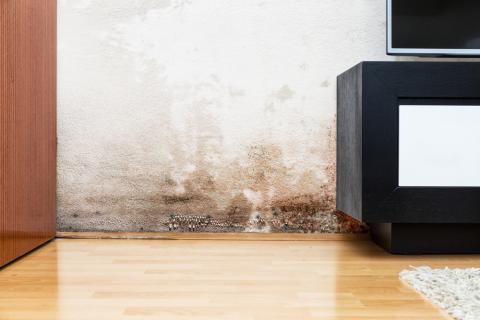
Summer is approaching and your air conditioner isn’t working. While you may not be using it for cooler April and May nights, you want it taken care of so when you do need it, you’re a flip of a switch away from relief. There are dozens of potential reasons your air conditioner is on the fritz: weather/environment, the filter needs to be changed, or maintenance habits. However, there are some common issues homeowners can identify that will help resolve the problem sooner.
If you’re in need of AC repairs or installation, contact us for a free estimate!
Low Refrigerant
Refrigerant is the cooling liquid that converts warm air into treated, cold air. If your AC unit continues to blow warm air even if you set it to a lower temperature, your refrigerant line has ice on it, or you hear strange noises, chances are your refrigerant is leaking. Refrigerant is not like gas in a car; decreased levels are not normal.
Because of its chemical composition, only certified technicians can replace refrigerant. Its gases could cause severe frostbite, irritation, and respiratory problems if it is inhaled or if it comes in contact with your eyes or face.
Bad Wiring
It happens more often than you think: either someone got DIY-happy or a company tried to short change the work and installed faulty wiring. Anytime bad wiring and electricity come together, there’s a potential fire hazard. Exposed or frayed wires allow moisture to enter your AC unit and damage it until a replacement is needed. Periodic disruptions in service could also imply faulty wiring - for example, the fan may turn on but stops when it hits its top speed. AC units are programmed to stop function when the current is too high; therefore, the air conditioner is being interrupted by its own settings.
Other implications of faulty wiring include breaks to your circuit or flawed components. Rather than deal with total power outages, contact a professional to sort out the problem and make other recommendations.
The Outside Fan is Not Working
You walk outside and notice your air conditioner’s fan isn’t moving. What’s the deal? The outside part of your AC unit is called the condenser. It is responsible for circulating heat that was previously absorbed from your home in the unit’s inner part to the outside air. Without this, the “bad” air would have nowhere to go. A defective fan halts the right transferral of heat, causing the unit itself to overheat and alert the safety overload.
If not only the fan, but the entire outside unit doesn’t work, there may be a lack of power or bad thermostat wiring. If you’ve recently replaced your thermostat to an updated version but still have the same AC unit, this could explain the problem and be something to look into.
Frozen Coil
Evaporator coils are on the inside portion of your AC unit, used to house the refrigerant that absorbs the air’s heat and turns it cold. Freezing occurs because when your air conditioner cools air, it also dehumidifies it and pulls moisture out. The dehumidified air then evaporates into condensation on the coils. It’s usually not an issue, but if there’s a problem with your unit, the moisture builds up too much and freezes on your coils.
Frozen coils could indicate low refrigerant levels, dirty evaporator coils, or even airflow issues. Low levels of refrigerant cannot fully absorb the heat, freezing the coils. Similarly, if not enough air is flowing through the passages because of a backup or clog, there’s not enough heat to balance the cooling process. Running your system with a dirty filter stimulates build up on your coils that makes it harder for them to convert heat. Scheduling a tune-up or maintenance check can help you catch these hard-to-detect problems.
Have an emergency AC problem that requires a professional? Stephen’s 24-hour plumbing and heating service will assist you right away!

